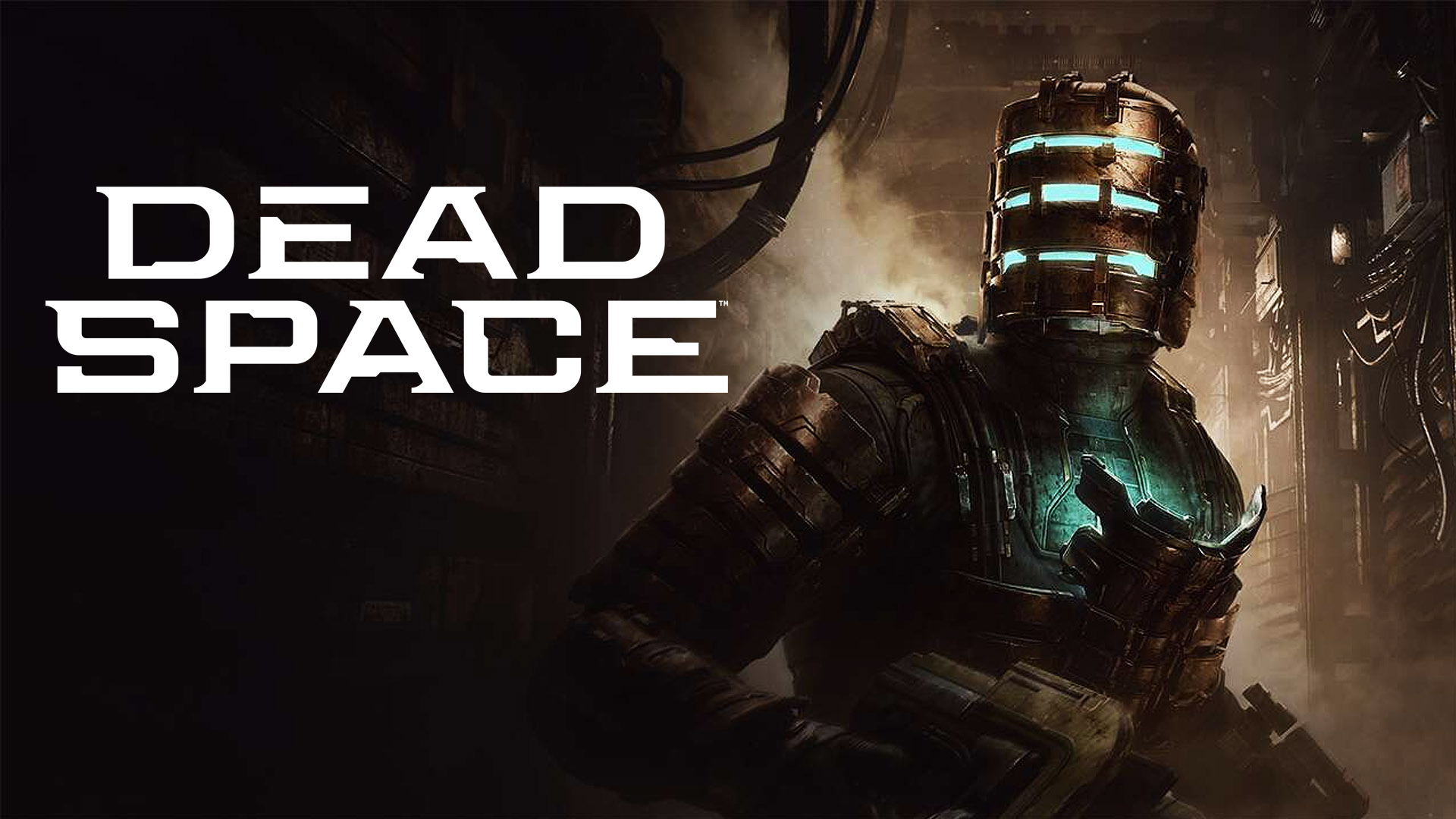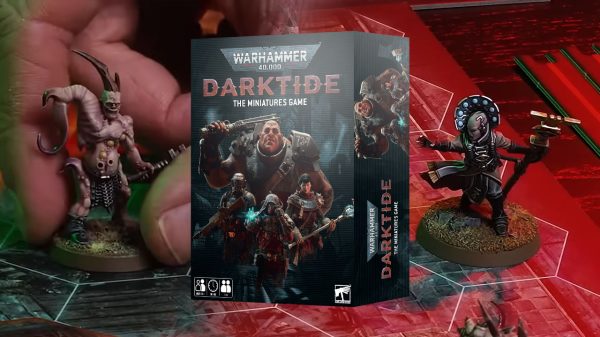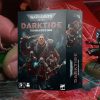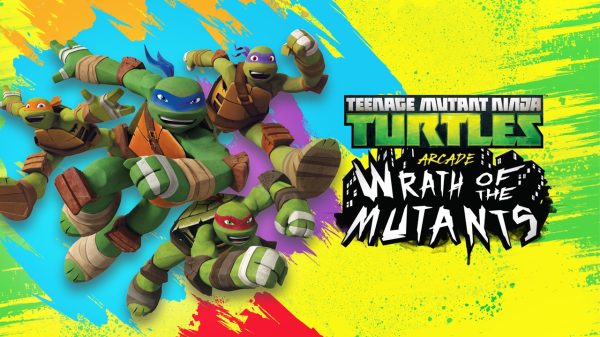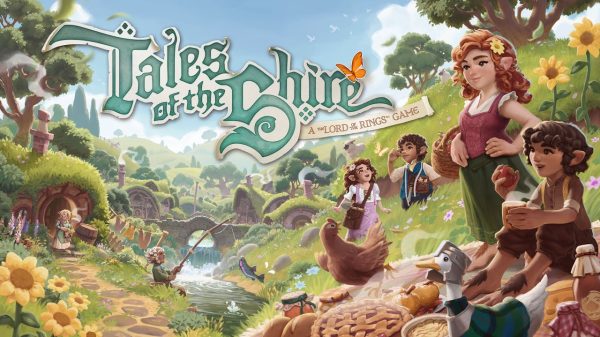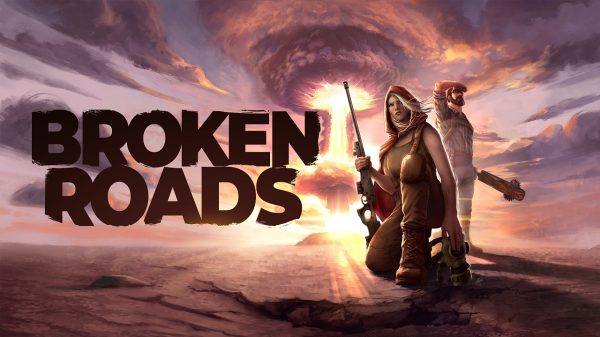In a market currently saturated with attempted franchises, it’s difficult to imagine the apparent ease with which Dead Space propelled itself into success in 2008. An elegantly refined yet gratuitously ridiculous bit of third-person sci-fi horror, Dead Space launched into a crowded playing field, releasing alongside heavyweights like Fallout 3, Grand Theft Auto IV and Far Cry 2 to name just a few. And yet, it found its market, spawning a multimedia franchise that quickly saw an animated film, spin-off games and, of course, sequels.
Dead Space 2 blew the doors off market narratives around horror games, garnering critical reception and goodwill in the process. But like so many bodies before an unearthed alien artifact, Dead Space quickly mutated into something else. Its third mainline entry was an uneven and bloated victim of feature-creep and corporate meddling, and so just five short years after its launch, the franchise was effectively dead. Hard cut to 2023 and the same corporate machine that crushed a burgeoning world under its rudderless ambitions has itself mutated, some lessons learned and priorities re-evaluated. So comes Dead Space, again. A finely tuned, ground-up remake from EA’s Motive studio, Dead Space invites fans and newcomers alike to tread its hallowed halls and rediscover the importance, and power, of this landmark title.
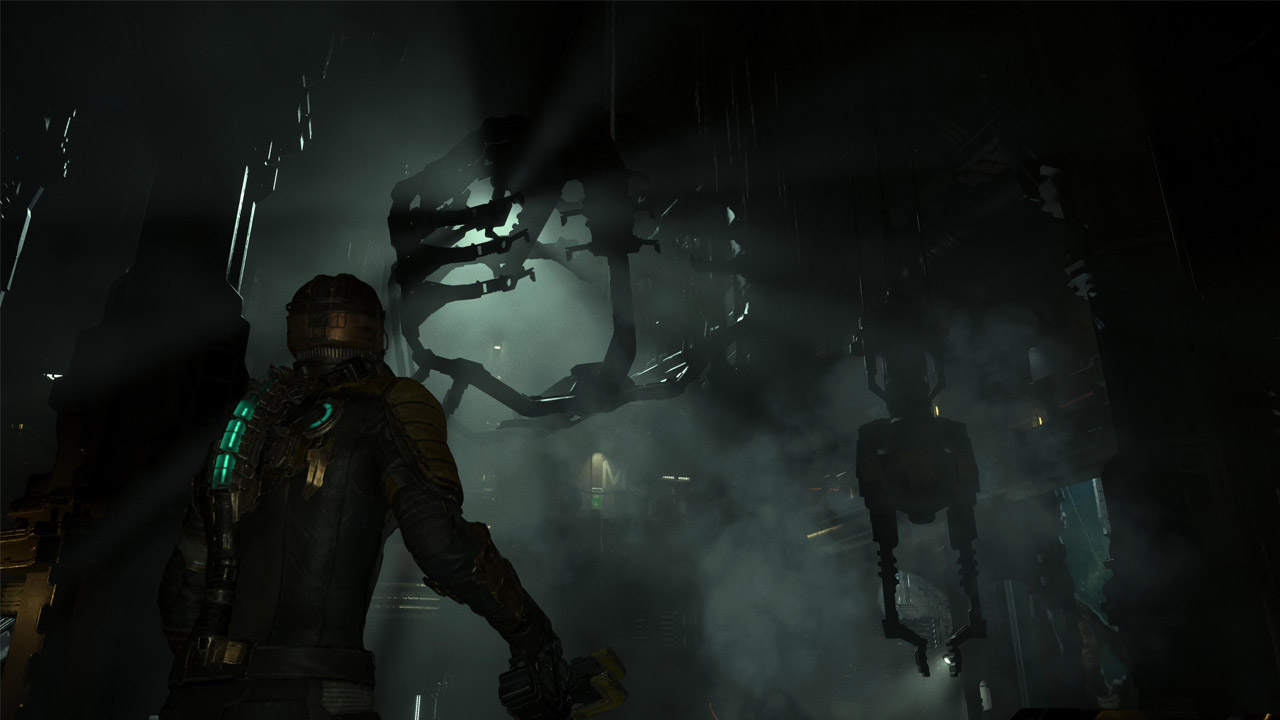
Dead Space looks outrageously good almost all the time
Dead Space’s world was already playing with familiar concepts back in 2008 and fifteen years later those concepts feel borderline quaint. In the year 2508 the Earth is plagued with resource scarcity, governmental power struggles and a rapidly expanding religious cult known as Unitology. You play as Isaac Clarke, an engineer en route to the USG Ishimura, a colossal ship known as a Planetcracker for its brutal mining capabilities that has recently become unresponsive during a secretive mission in deep space. Somewhere aboard the Ishimura is your partner, a medical officer named Nicole, and while you are ostensibly there for repairs of the wider ship, Isaac’s primary concern is ensuring Nicole’s safety.
Dropping out of hyperspace to a rather eerie shot of the Ishimura, adrift in the dark above Aegis VII, Isaac and a small crew board and quickly discover things have gone terribly, terribly wrong here. Systems are in disarray, hundreds of people are either missing or worse, and your way out is blown to bits not long after an attack from Dead Space’s genuinely iconic spin on zombies. The Necromorphs are every bit as horrifying and deliciously entertaining now as they were over a decade ago— grotesquely gangly creatures that wear the basic structure of a human body like an ill-fitting skin, their sharpened bones and protruding growths making them a foul, and tragic, army of foes.
Isaac’s one-man-army struggle against the Necromorphs is an outright triumph of action-gameplay but his most endearing qualities as a protagonist are evidenced by his engineering skills. Isaac is a worker first and foremost, and while his journey to find Nicole is the contractually obligated heart of this beast, the majority of Dead Space sees him tasked with actually…getting to work. This is the worst possible freelance gig and the dude still straps into his suit one leg at a time like anybody else. Combat tools are used to fix broken machinery as you’re frequently tasked with traversing the horrors of the ship to bring systems back online and try to salvage what you can. Isaac, a voiced protagonist in this remake, has varying degrees of reaction to the world around him but remains intrinsically a worker. His violence, his technical skills and his plot agency refract through the common tools of Dead Space’s working class, an idea that was fun in 2008 but feels essential in 2023.
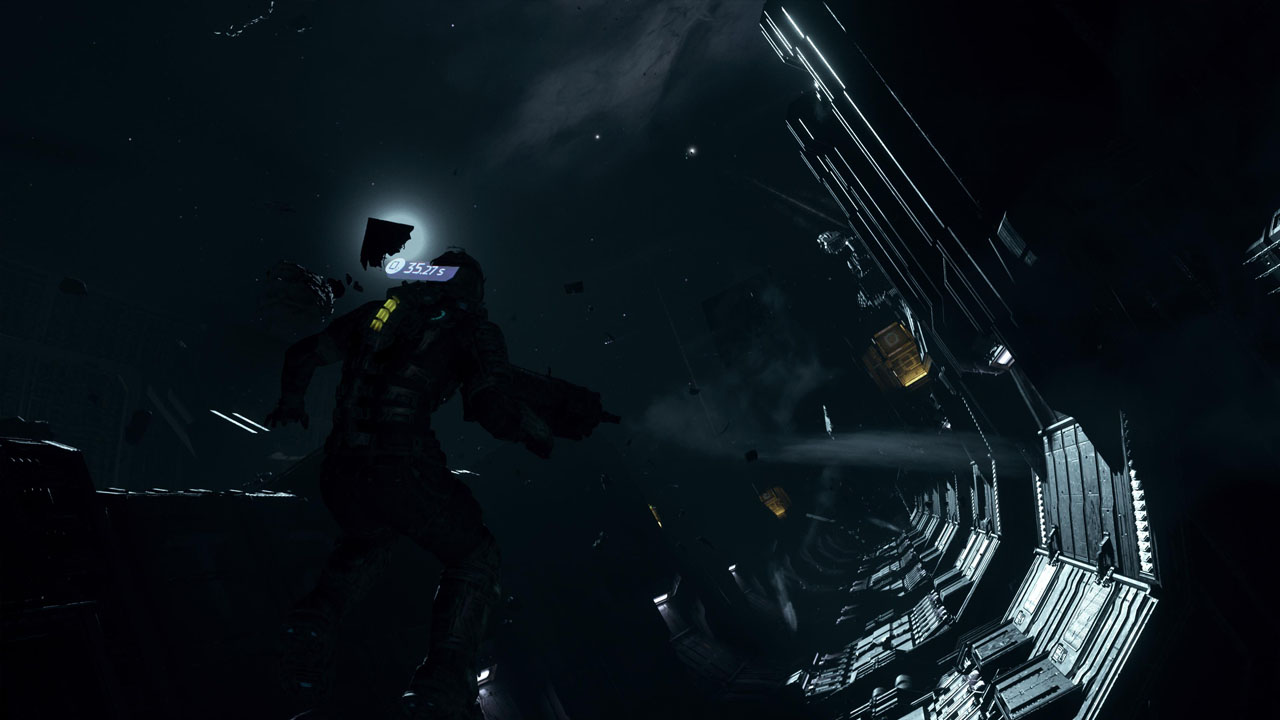
Zero gravity segments are frequently inventive and stunning
Still, for all the highfalutin class struggle you want to ascribe to Isaac, the guy just fucking whips as an action hero. Through some extremely generous imagining, Isaac will be taking on deadly hordes using the tools available to him as an engineer in a sci-fi world. Your base weapon, the instantly recognisable and ever-useful Plasma Cutter, is a repurposed tool that allows you to switch between vertical and horizontal blasts. Dead Space’s Necromorphs are built different, headshots are ineffective and instead you are invited to find all sorts of creative ways to dismember them, often limb by stubborn limb. It’s utterly revolting work, a funhouse mirror of Isaac’s skillset and an endlessly engaging combat loop for the player. This is an experience that leans hard into the survival of survival-horror too, as waves of increasingly difficult monsters rapidly deplete your supplies as the game goes on.
Dead Space’s opening hours let you find your rhythm with slower and more considered combat encounters. Your Plasma Cutter is supplemented by Kinesis and Stasis, two powers that pull from the same resource pool to effectively telepathically move objects or slow down enemies and machinery respectively. As the game’s enemies escalate though, so too do its combat options and before long Dead Space will arm you with a small arsenal of creative and entertaining tools to use at your leisure. Standard issue military rifles and flamethrowers do the job but it’s impossible to not get a little giddy over a gun that launches a controllable saw blade or the Kamehameha shotgun. Weapons can be upgraded over time for improved damage, capacity and the like, and along with your suit they can be altered with schematics hidden around the ship. Dead Space often strolls right up to the border of schlock and does a little pirouette over it but never is that flourish for the absurd clearer, or best executed, than with its fantastic weapons.
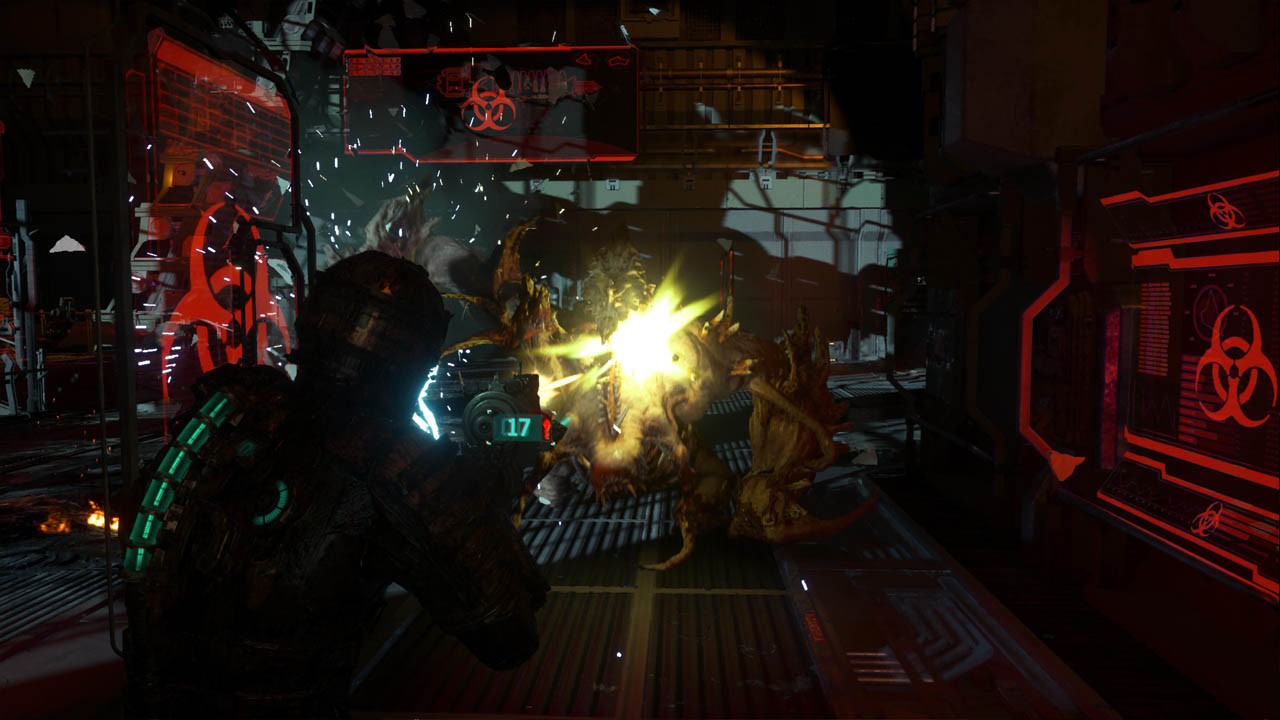
Dead Space equips players with a variety of weapons and an even bigger range of foes to face off against.
Which isn’t to say Dead Space’s flirtatious relationship with sci-fi genre tropes isn’t also enjoyable in its own right. Isaac’s primary goal of rescuing Nicole is almost perfunctory and there are several beats that even general audiences will be able to recognise a mile off due to the nature of time and popularisation of certain concepts since the late aughts. From its Event Horizon horror roots to its tongue-in-cheek late stage capitalism, the bones of Dead Space are aging, yes, but in many ways serve as a reminder of where so much of modern gaming stems from. The remake even goes out of its way to play with certain elements from the original story to form a more cohesive and refreshed tale. For instance, Isaac’s expanded relationship to Unitology being a real highlight even if it largely plays out in the margins. Side quests have also been added to the formula, often small but rewarding exploration-based stories that can change the course of the plot if seen through to their conclusion.
This remake also makes a fundamental shift to Dead Space’s overall pacing by allowing Isaac to fully explore the Ishimura as a functional space. Through a trolley car system that runs down the core of the ship, you’ll be able to move relatively freely around the mining vessel, to varying degrees of success. This change does allow for some incredibly immersive moments— Dead Space doesn’t have any hard loading screens for instance and the map being an interconnected space only heightens the tension as you delve deeper into its endless, claustrophobic halls. As the plot rolls on and you uncover more security keys you’ll also be expected to do a fair bit of backtracking, often for material rewards or narrative beats, but even still, stomping around the ship can begin to wear thin over the game’s dozen-or-so-hour runtime.
The Ishimura itself though is nothing short of a masterclass in the cohesion of theme, gameplay and worldbuilding. The ship is the oldest Planetcracker in the fleet, a colossal bit of machinery that lurches through space with its technical efficiencies made old, and cruel, by time. At every single turn it dwarfs Isaac and the player, giving the impression that you are merely an errant screw tumbling deeper in the dark recesses of an incomprehensibly large machine. This is felt in myriad ways during the game, from the imposing scale of its zero-gravity spaces to the suffocating and all-encompassing corridors lined with vents that leer at you with threat and mundanity in equal measure. The Ishimura’s rooms believably connect, its different subsections house distinct but of a piece interior design, its pipes and gears whisper and scream in alternating song.
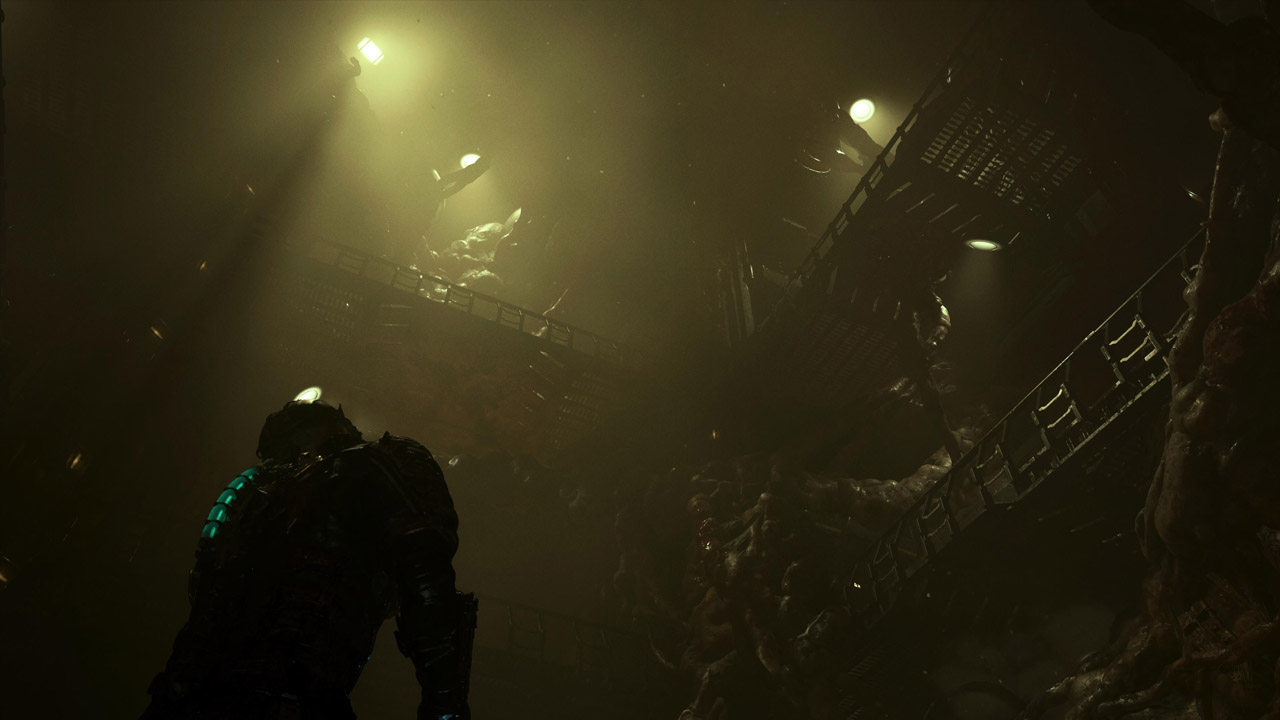
The Ishimura is overwhelming in the best ways
Dead Space achieves this immersion with a near flawless level of craft in its aesthetics and sound design. This is a game that is begging to be experienced with a decent headset, its layered sonics of score and white noise melding into an unsettling and persistent horror. There were several moments where the game made me hyper-aware of my own breathing as I would be gingerly exploring a space with nothing but the low rhythm of Isaac’s own short breaths in my ears. It also can’t be overstated just how good Dead Space looks; the Frostbite engine is firing on all cylinders here with textured metals, bleeding light and a stunning sense of scale. The game also uses diegetic elements to ground the player, with everything from Isaac’s inventory and map UI to health gauge presented as an organic part of the world.
Dead Space also uses the same boxy art direction of the original’s UI for a semi-nostalgic glow for older players, and the PlayStation 5’s DualSense haptic triggers provide varied, real-time feedback on shots. There are a handful of accessibility options available for players too, including a wide variety of difficulty settings as well as a host of visual and input alterations. The game can also give content warnings before certain sections that depict particularly unpleasant things. During my playthrough, I dabbled with the different difficulty options and found that even on the easier modes the game still presented the occasional challenge or slightly unbalanced enemy encounter, though the Story Mode fixed these issues and should serve as an approachable method of play.
Final Thoughts
In many ways, Dead Space is so effective not only because of its immaculate execution but its restraint. In largely keeping with the bones of the original title, this remake is able to enjoy the lavish hallmarks of AAA development while eschewing the feature-creep and bloat that would eventually go on to derail the very franchise this release is set to reignite. Simultaneously a loving rendition of a classic and a rally cry for the return of the refined single-player experience, Dead Space is set to cut and scream its way back to life.
Reviewed on PS5 // Review code supplied by publisher
Click here for more information on WellPlayed’s review policy and ethics
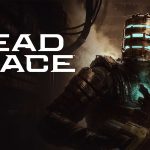
- Motive Studio
- EA
- PS5 / Xbox Series X|S / PC
- January 27, 2023



One part pretentious academic and one part goofy dickhead, James is often found defending strange games and frowning at the popular ones, but he's happy to play just about everything in between. An unbridled love for FromSoftware's pantheon, a keen eye for vibes first experiences, and an insistence on the Oxford comma have marked his time in the industry.





